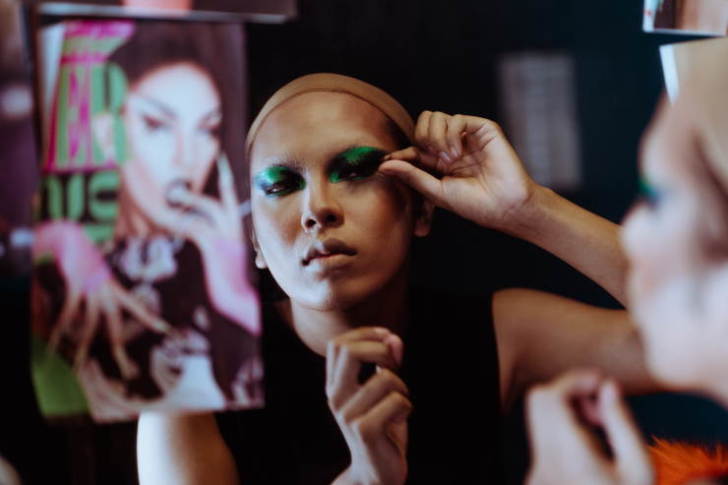Unveiling the Mystery of Juvederm: A Comprehensive Look at the World of Dermal Fillers
In today's world where beauty and youthfulness are highly prized, the pursuit of a flawless, ageless appearance has never been more fervent. Among the myriad of cosmetic procedures available, one that has been steadily gaining popularity is the use of dermal fillers, particularly Juvederm. Designed to restore volume and smooth out lines and wrinkles, Juvederm represents a significant stride in non-surgical aesthetic procedures. This article delves into the history, use, and impact of Juvederm, shedding light on its rise in the beauty industry.

Historical Context: The Birth of Dermal Fillers
The concept of dermal fillers is not a new one. In fact, it dates back to the late 19th century, when surgeons began exploring the possibilities of injecting paraffin into the skin to fill wrinkles and scars. However, the results were less than ideal and often led to complications. It wasn’t until the 1980s, with the advent of bovine collagen, that injectable fillers began to gain recognition in cosmetic surgery. In 2003, Juvederm was developed by Allergan, the same company that brought the world Botox. Unlike its predecessors, Juvederm is a hyaluronic acid-based filler, a substance naturally found in our bodies, making it a safer and more effective choice.
Juvederm and its Current Relevance
Today, Juvederm holds a prominent place in the world of cosmetic procedures. It’s a family of hyaluronic acid fillers, each designed for a specific purpose, from plumping lips to smoothing out wrinkles and folds. It is especially popular because it’s a non-surgical, minimally invasive procedure with instant results, making it a go-to option for people seeking facial rejuvenation without the risks and downtime of surgery.
Trends and Impact: The Democratization of Beauty
The rise of Juvederm and similar non-invasive procedures has contributed to the democratization of beauty. These treatments have become more accessible and affordable, allowing a broader range of people to benefit from cosmetic enhancements. Celebrities and influencers openly discussing their use of dermal fillers have also played a part in normalizing these procedures, causing a significant shift in societal perceptions of beauty and aging.
Moreover, the use of Juvederm has altered the landscape of the beauty industry. It has paved the way for the creation and growth of medical spas, where aesthetic procedures are performed in a spa-like environment. This has led to a fusion of beauty and wellness, a trend that continues to shape the industry today.
Reception: Balancing Benefits and Risks
Like any medical procedure, the use of Juvederm comes with its share of benefits and risks. The immediate results, minimal downtime, and long-lasting effects have earned it a favorable reception among both practitioners and patients. However, the procedure is not without its risks, including temporary side effects like swelling and bruising, and in rare cases, more severe complications.
Ensuring that the procedure is performed by a qualified professional is crucial in mitigating these risks. In recent years, the rise in non-medical professionals offering dermal fillers has led to increased scrutiny and calls for tighter regulation in the industry.
Unique Insights: The Future of Dermal Fillers
While Juvederm has made significant strides in non-surgical aesthetic procedures, the world of dermal fillers continues to evolve. Researchers are currently exploring the potential of using the body’s own fat as a filler, offering a more natural approach to facial rejuvenation. Others are looking into longer-lasting fillers that could provide results for several years.
Ultimately, the rise of Juvederm and other dermal fillers underscores our relentless pursuit of beauty and youth. As technology and research continue to progress, so too will our ability to enhance and maintain our physical appearance. However, it’s essential to remember that beauty is subjective and multi-faceted. While cosmetic procedures can help boost confidence and self-esteem, they are just one aspect of our overall well-being.




